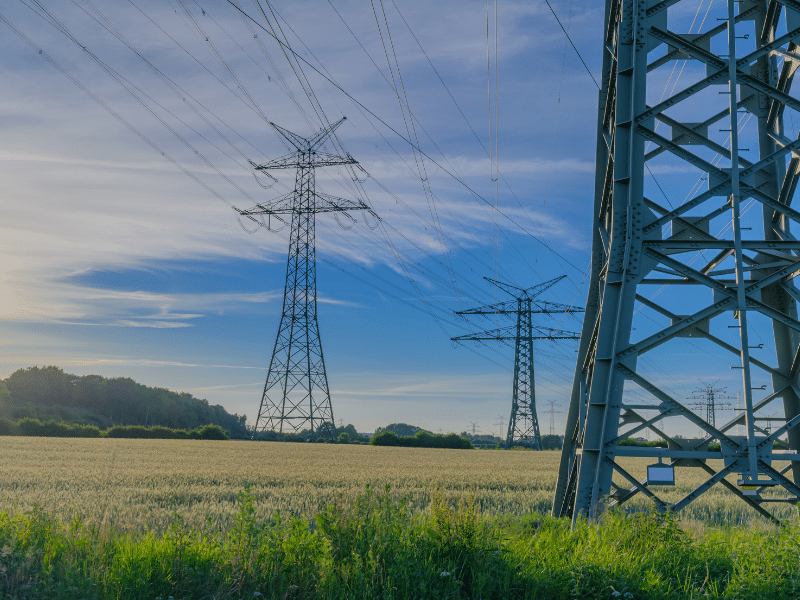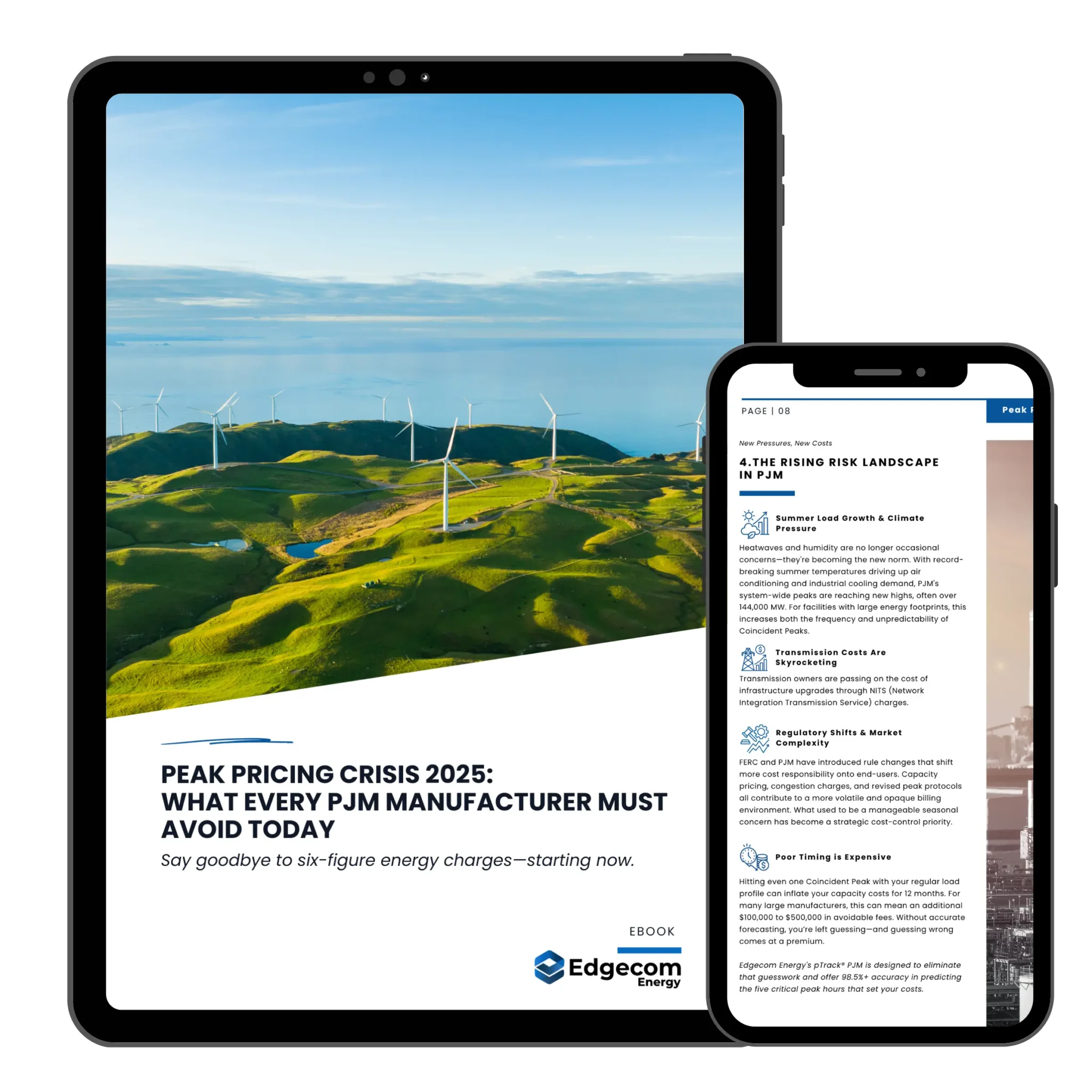As we approach the summer of 2024, Edgecom Energy has released its pTrack® Seasonal Outlook, offering a detailed forecast on electricity demand and peak events. Here are the key highlights and insights from the report.
Season Highlights
1. High Peak Demand Expected
The top five peaks this summer are expected to range between 22,500 and 23,200 MW. Peaks are projected to be high in June, July, and August but lower in September than in prior years.
2. Unpredictable Weather
This summer is forecasted to be wetter than usual, with unpredictable storms. Due to the difficulty in anticipating severe storms, there will most likely be double curtailments.
3. Enhanced pTrack® Model
The pTrack® model has been updated to include more weather parameters for improved accuracy. Predictions are now made hourly, compared to the previous 2, 3, and 4-hour curtailment windows.
Monthly Peak Curtailment and Demand Forecast
- May: 0 curtailment hours, with a peak demand forecast of 20,700 MW.
- June: 10 curtailment hours, with a peak demand forecast of 22,500 MW.
- July: 10 curtailment hours, with a peak demand forecast of 23,200 MW.
- August: 5 curtailment hours, with a peak demand forecast of 22,800 MW.
- September: 5 curtailment hours, with a peak demand forecast of 21,500 MW.
Performance Overview and Driving Factors
Factors Driving Electricity Demand Up
- Weather Sensitivity: With the persistence of work-from-home trends, residential and commercial spaces are being cooled during the summer, increasing energy demand.
- Economic Growth: The growing economy, large industrial loads, and increased electrification from fuel switching are projected to drive a 1.1% increase in energy demand in 2024, accelerating into 2025.
Sector-Specific Trends
- Residential Sector: Residential power usage is predicted to increase steadily, owing to housing policies, immigration, and the use of new technology such as heat pumps and EVs.
- Commercial Sector: Driven by the digital economy and hybrid work styles, commercial sector demand will expand gradually, reaching 62 TWh by 2050.
- Industrial Sector: The industrial sector is experiencing significant growth as a result of advancements in the EV supply chain, hydrogen production, and mineral extraction.
- Agricultural Sector: Demand increased mostly as a result of greenhouse expansion and artificial lighting.
- Transportation Sector: Surge in demand driven by EV adoption and rail electrification.
Factors Reducing Electricity Demand
- Residential Demand Response: Expected to reduce summer peak demand by 125 MW or less.
- Improved ICI Curtailment: Better peak prediction and aggressive curtailment by Class A participants, along with battery and HVAC system optimization, are projected to save about 1%, with a demand reduction of 1,750 MW.
For more information or to get in touch, you can contact Edgecom Energy at:
Phone: 416-640-2401
Email: info@edgecom.ai
Address: 5775 Yonge Street, Suite 1902, Toronto
Stay prepared and informed with Edgecom Energy’s insights to navigate the summer season effectively.

